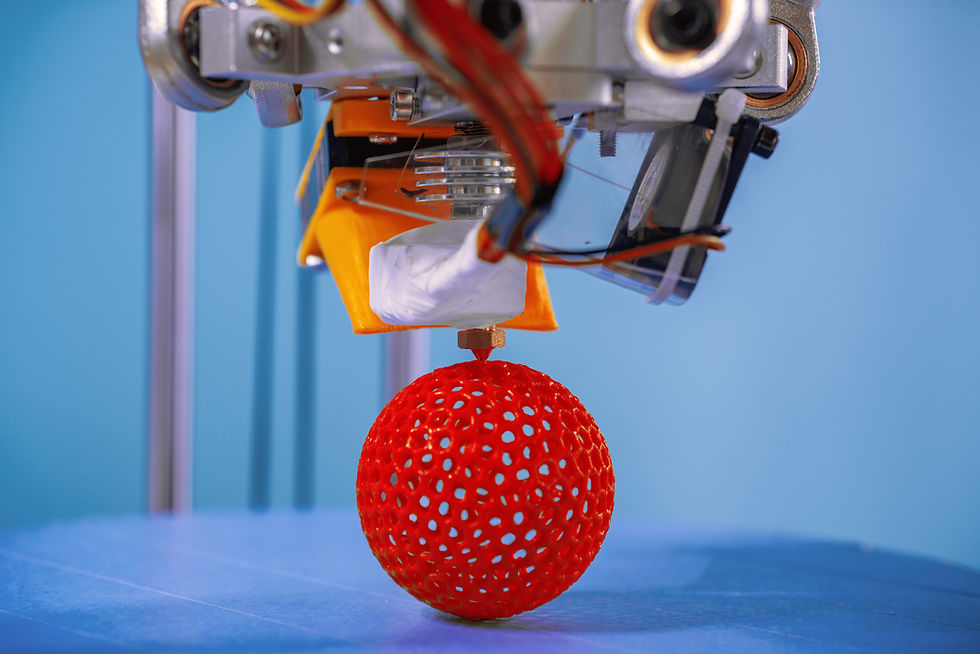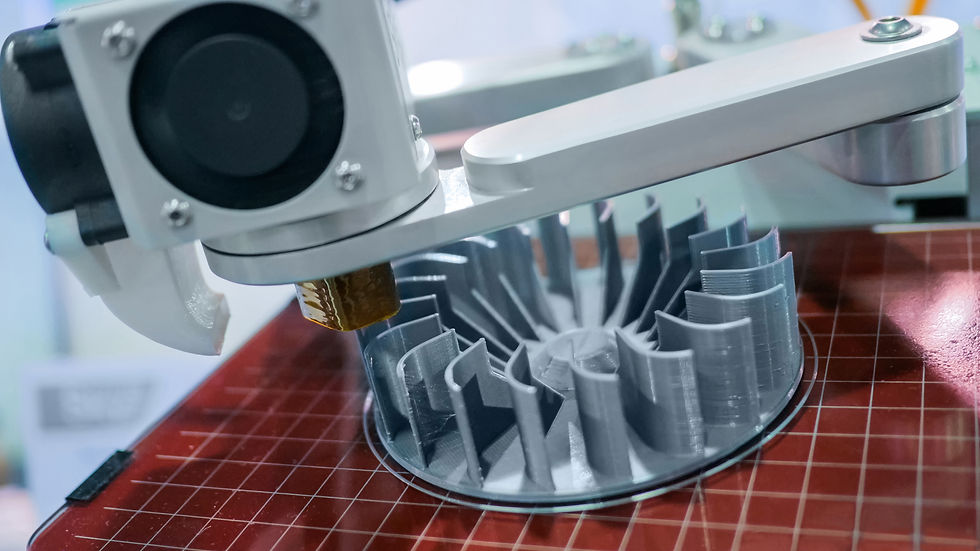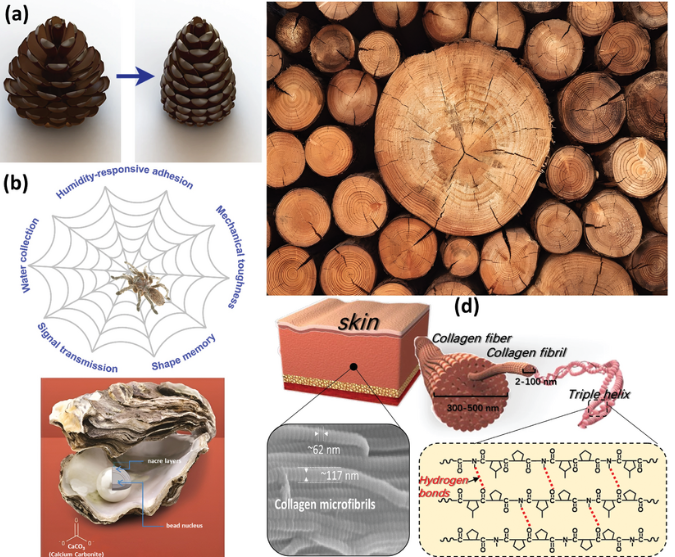3D printing in education
- garry9907
- Apr 20, 2023
- 3 min read
The advancements in technology have brought about various changes in different industries. In education, 3D printing has become an increasingly popular tool in classrooms. By using 3D printing, educators can give students a hands-on approach to learning, enhance their creativity, and revolutionize the way they understand abstract concepts. In this blog, we will explore how 3D printing is being used in education, the benefits it offers, and some examples of how it has transformed the learning experience.
What is 3D Printing?

3D printing is a process of creating physical objects from digital designs using materials such as plastic, metal, or even food. The process involves building an object layer by layer. The ability to create complex and intricate designs quickly and affordably makes 3D printing popular in various industries.
How is 3D Printing Being Used in Education?
3D printing has brought significant changes in the way students learn in classrooms. Educators can now incorporate 3D printing into their teaching to give students a better understanding of concepts that would otherwise be difficult to visualize. Here are some ways in which 3D printing is being used in education:

Creating prototypes: In fields such as engineering and design, 3D printing is being used to create prototypes of products. This allows students to see their designs come to life and make adjustments before the final product is produced.

Anatomy models: Medical students can use 3D printing to create models of human anatomy, which allows them to study the human body in a three-dimensional way. This can enhance their understanding of complex anatomical structures.

Geographical models: With 3D printing, students can create accurate models of geographical landscapes, which can help them understand topographical features and how they impact the environment.

Historical artifacts: 3D printing is being used to create replicas of historical artifacts, which can be used in history classes to give students a more interactive and tangible learning experience.

Art and design projects: 3D printing is a great tool for art and design projects, as it allows students to create three-dimensional sculptures and models that would be difficult to create by hand.
The use of 3D printing in education has several benefits, including:
Hands-on learning: By using 3D printing, students can engage in hands-on learning and get a better understanding of concepts that would otherwise be difficult to visualize.
Problem-solving skills: 3D printing requires students to think critically and solve problems to create an object. This helps develop problem-solving skills that can be used in other areas of their education and future careers.
Creativity: 3D printing allows students to express their creativity and create unique designs that they can be proud of.
Collaboration: 3D printing projects often require collaboration between students, which can help develop teamwork and communication skills.
Real-world applications: By using 3D printing, students can see the real-world applications of what they are learning, which can make their education more relevant and engaging.
Examples of 3D Printing in Education :
Several schools and universities are already using 3D printing in their curriculum. For example:
The University of Michigan’s Medical School uses 3D printing to create replicas of human organs, allowing students to get hands-on experience with anatomy.
Loma Linda University in California uses 3D printing to create models of patients’ organs, helping medical students learn how to perform complex surgeries.
GEMS World Academy in Dubai uses 3D printing to teach students about sustainable living. Students create models of sustainable cities and homes.
Conclusion
3D printing is a powerful tool that is being used to enhance student learning and creativity in education. By incorporating 3D printing into the classroom, educators can give students a hands-on approach to learning and bring abstract concepts to life. With its potential to revolutionize the way students learn, 3D printing is quickly becoming a valuable tool in education.




Comments